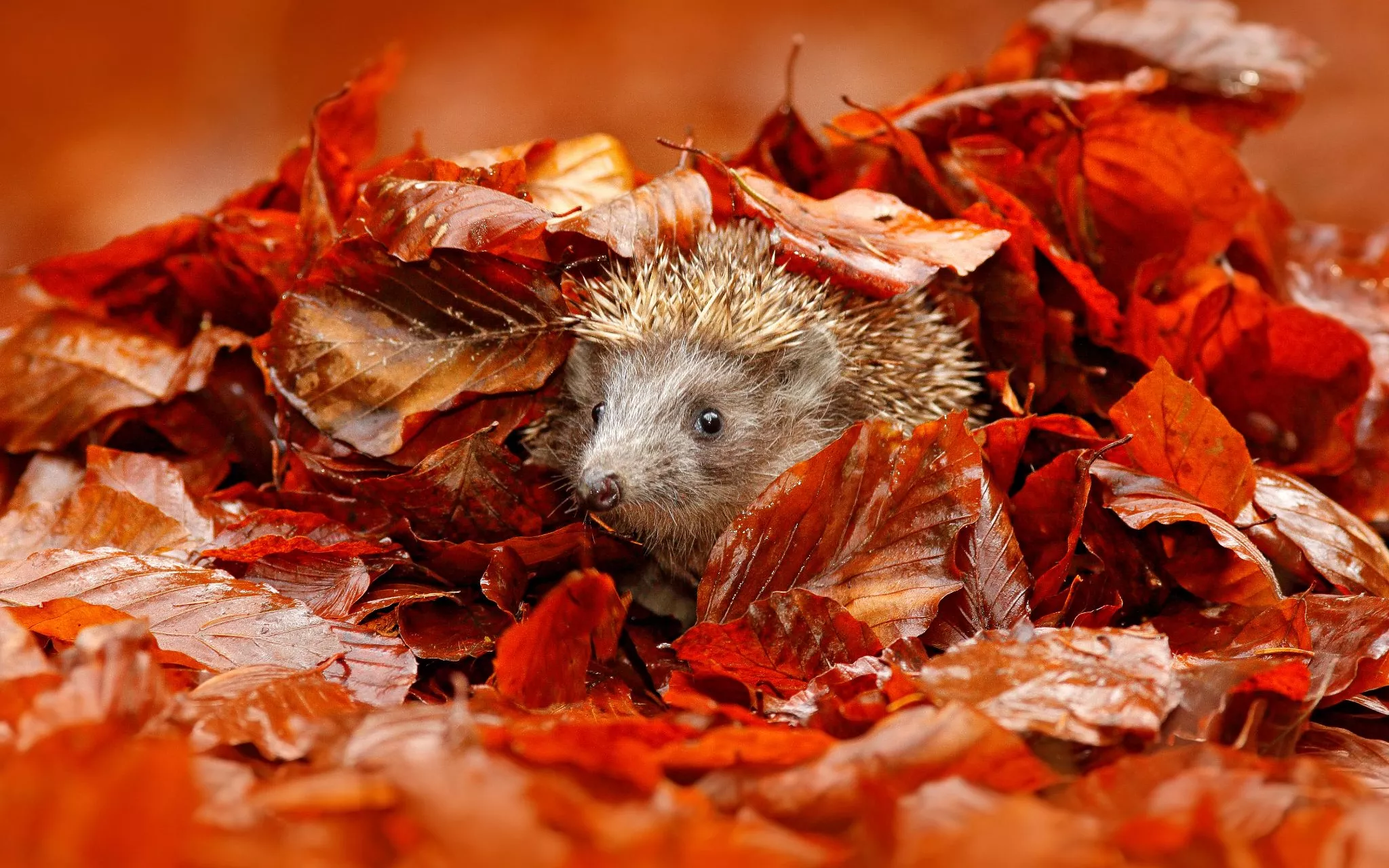
Partager sur
Wildlife is threatened by climate change, loss of habitat and scarcity of resources. What if you could make room for more of it in your garden, or on your balcony?
Meet the hedgehog
What can we do to look out for this inconspicuous little creature, which can live for up to ten years but whose average life expectancy is only three? Often run over on the road and facing food scarcity in winter (especially due to pesticides), the hedgehog is likely to venture into our towns and gardens. Make a shelter for them. Place 2 logs on the ground parallel to each other, then 3 or 4 more over the top, and do you best to protect this little hut against the wind, rain and passers-by. Then it’s time to do some interior decorating, or let the animal do it themselves by leaving some dead leaves nearby. Don't make it too small: a female can bear up to 6 hoglets (baby hedgehogs). Your guest, whose environment of choice is the forest, will appreciate being able to move around a large area. Leave a strip of unmown grass to let this carnivore forage for its food – they’re fond of snails, worms and insects.
Long live birds!
Birds regulate their body temperature by themselves, but they need a high energy supply during cold periods to keep it at around 40°C. This can be a real challenge as resources become scarce in the winter. From autumn onwards you can help them by setting up a bird feeder, preferably in a quiet location close to hiding places, trees or bushes, as they like to take their food away and eat it in a sheltered place. You can hang up a container filled with seeds, or build your own feeder using wooden boards (minimum 1 cm thick). It’s not rocket science!

These animals also need a place to raise their young, and will choose somewhere quite early. Put a nesting box out for them before January. Choose an area with little shade, high up (at least 2.50 m), in a quiet place, protected from the wind and from predators. Be sure to read up on the size and shape you choose, as this will determine how attractive it is to different species. If in doubt, you can find out more on the website of the French League for the Protection of Birds (LPO). Remember to clean the shelter with boiling water every autumn, then leave it to dry out thoroughly to prevent disease and fungi setting in. Are you ready to make a nest box?
How to get started
Take advantage of the advice provided by Vigie-Nature École (Nature vigil – School) on how to build your feeder or nest box. You’ll find inspiration in the educational resources it provides for schoolchildren to use in other biodiversity activities.
Participate in the BirdLab program
If you’re looking to set up a feeder in your garden and on your balcony, the citizen science program BirdLab will be right up your street. It’s a mobile or tablet game that offers you the opportunity to collect valuable information for our scientists, by recording the behaviour displayed by birds around their feeders.
Article written in March 2022. Our thanks to Alexandra Villarroel, Particip'Arc and Vigie Muséum coordinator, for her invaluable revision work and her contribution.